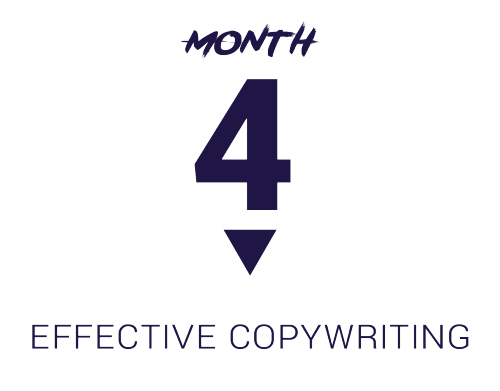
Hello Steemit! I'm Julia. I'm currently working towards my MFA (that's Master's of Fine Arts) in Media Design at Full Sail University online. It's a lot of work, to say the least. I also work as a full time in-house graphic designer at a busy print and social media based shop in Savannah, Georgia. This is a reflection of my fourth month's work in the year long program.
I have this occasional, but ongoing, fear of being just flat out of ideas. George Felton says that “Creative skills, like any others, improve with practice, and creativity follows, however idiosyncratically, a method. You get better at being creative by exercising these inventive skills, and you improve your invention by going at it step by step (Felton, 2013).” My own step by step varies a bit from project to project. I enjoyed the way the RedRover project slowly opened itself up week by week, building a concept from free association jumble to a finish product that successfully communicates an intended message to an intended audience. I also enjoyed working with the boundaries set in place by creating the target audience personas. Mary and Madison were always credible, researched reference points.
With an accelerated timeline to create these ads, I let the boundaries of the target personas and the voice descriptions of the testimonials guide my initial thinking. Like Felton, lists are a favorite of mine. In a free association-type of exercise and while scrolling through photo references, I began sort of imagining relevant dialogue and different possibilities for that dialogue. I didn’t get as many ‘bad ideas’ out of my system and onto the page, as Felton suggests. This is helpful because the not so great ideas “either imply transformations or let other, related ideas slip out that would have stayed hidden otherwise (Felton, 2013).” I would have loved to see how some of the final concepts would have evolved after even more development. However, I still felt my basic concepts were strong enough starting points to build narratives from. I may have been “blocked by openness” with a decent solution, but I feel it was necessary for the circumstance (Felton, 2013). I do think it’s important to explore as many different solutions as possible.
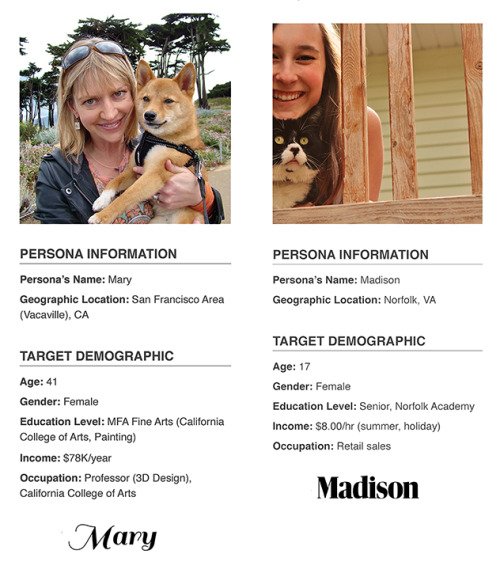
Target personas, Mary and Madison
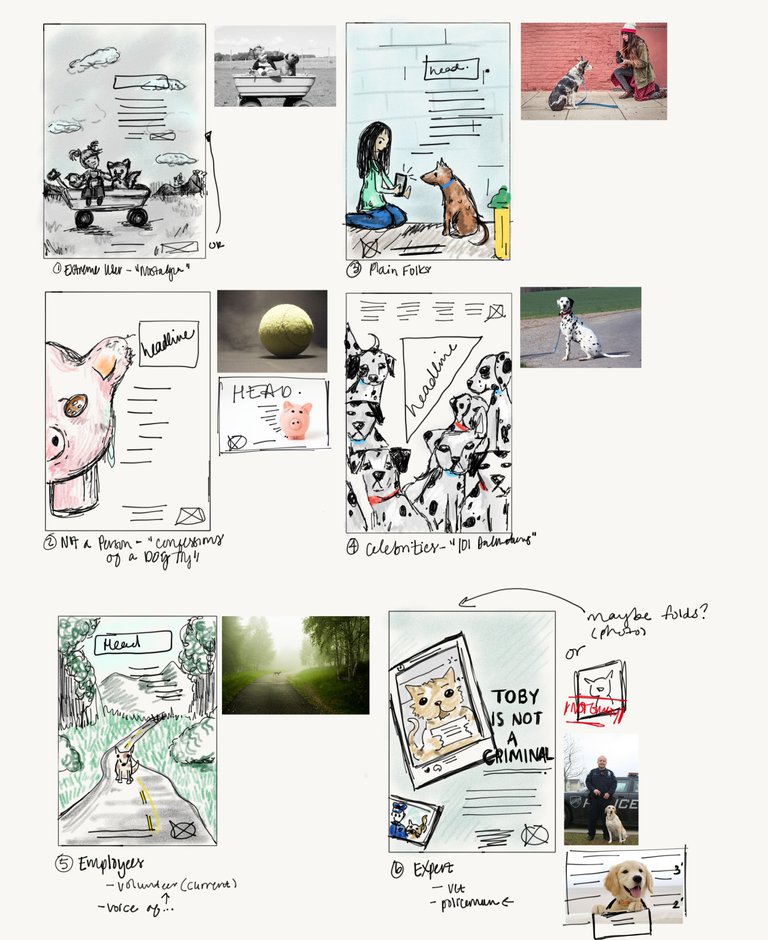
(6) sketches and photo references while expoloring testimonial ad concepts.
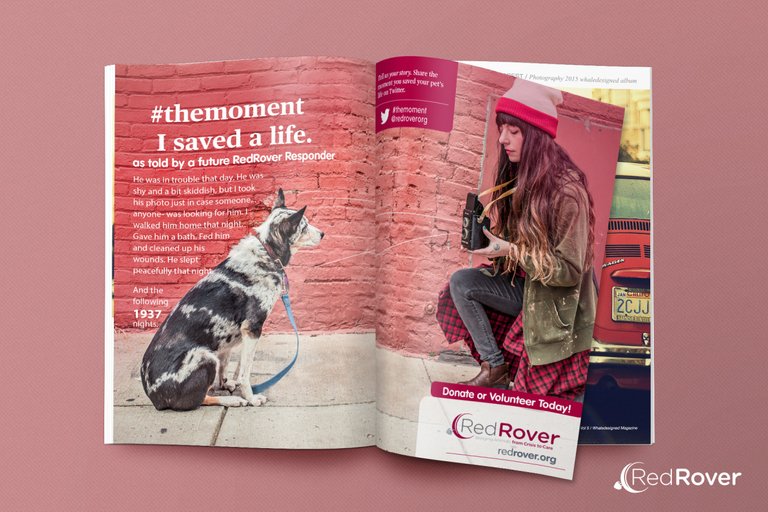
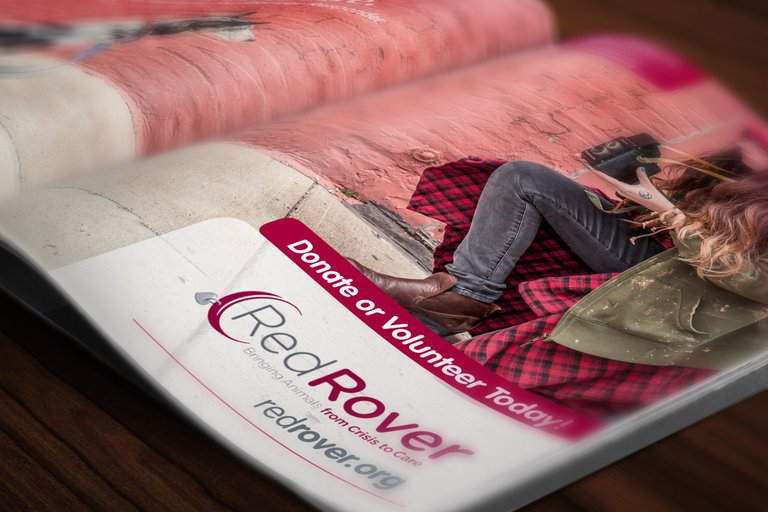
Testimonial ad from the voice of an outsider of the organization who’s natural instinct and morals align with those of RedRover.
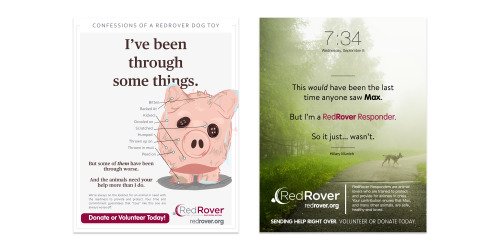
Testimonial ads from the voices of a dog toy (left) and a current employee (right).
Takeaways:
1. Ask the Persona: A very important takeaway for me this month was the “educated safety net” otherwise known as the target audience persona. The personas used for the RedRover project were thoroughly researched, and I found myself referring to back to them when thinking about overall concepts, the copy, and the design itself. Designing for a specific person (even if that person is made up) makes it easier to dismiss personal preference when I’m not included in a target audience group. I plan on utilizing personas for the same purpose going forward in my career in design.
2. Keep your eyes peeled: I already hoard collect color inspiration, typefaces, and innovative visual design as a hobby at this juncture. An important takeaway mentioned in both lecture and in the text was to pay close attention to the copy and collect good copy and advertisement. This is important not only for inspiration, but also just knowing what voices are already out there and how to (or how not to) successfully communicate to a variety of audiences as a media designer. I’ve already began to be more aware and interested in advertisements’ copy so I’m excited to see how just being more aware can lead to more comfort with quality copywriting.
3. Be More Human: I really took to heart the importance of consistently maintaining a humanistic and conversational tone as a strategy when writing for media. Writing in first and second person “projects a personality, a living voice, and that’s always an ‘I,’ whether your copy uses one or not (Felton, 2013). If a viewer can’t relate with the copy, they will more than likely disregard it, and the opportunity for engagement is lost. This month at work seemed to cater at times to this class, which was great. I was asked to come up with a last minute ad where I had to determine the headline and copy (below) shortly after a headline exercise and discussion. And then right after the tagline project, a client in the self-storage industry needed help catering his advertisement media to returning SCAD students during orientation. I felt a bit more capable of making sure their very different audiences were catered to both visually and with the copy.
This month at work seemed to cater at times to this class, which was great. I was asked to come up with a last minute ad where I had to determine the headline and copy (below) shortly after a headline exercise and discussion. And then right after the tagline project, a client in the self-storage industry needed help catering his advertisement media to returning SCAD students during orientation. I felt a bit more capable of making sure their very different audiences were catered to both visually and with the copy.
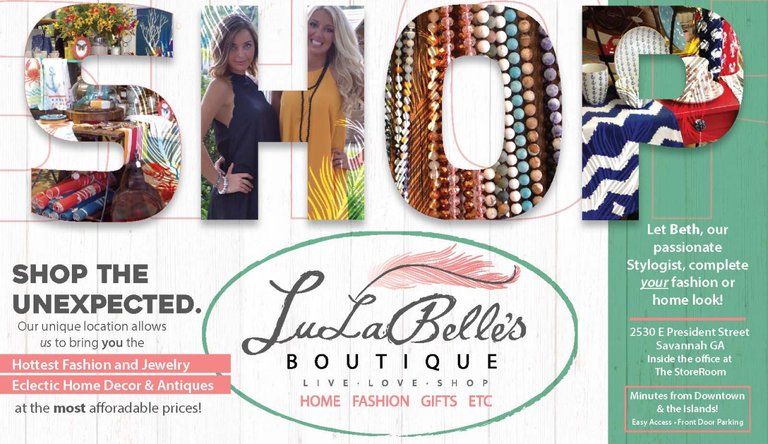

References:
Felton, G. (2013). Advertising: Concept and copy (3rd ed.). New York: W.W. Norton.
Congratulations @jroyaldesign! You have received a personal award!
Click on the badge to view your own Board of Honor on SteemitBoard.
For more information about this award, click here
Congratulations @jroyaldesign! You have received a personal award!
Click on the badge to view your Board of Honor.
Congratulations @jroyaldesign! You received a personal award!
You can view your badges on your Steem Board and compare to others on the Steem Ranking
Vote for @Steemitboard as a witness to get one more award and increased upvotes!
Thanks
Thank you!